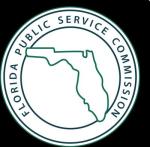After a series of climate-driven challenges between 2020 and 2022, California energy leaders are encouraged by recent progress and believe the state i. . .
TO ACCESS THIS CONTENT
TO ACCESS THIS CONTENT
YOU MUST OPEN A SESSION OR CREATE AN ACCOUNT
MEMBER LOGIN
CREATE YOUR USER ACCOUNT









